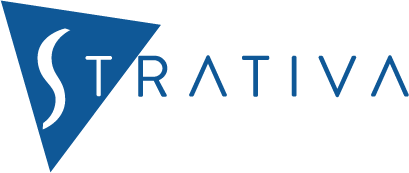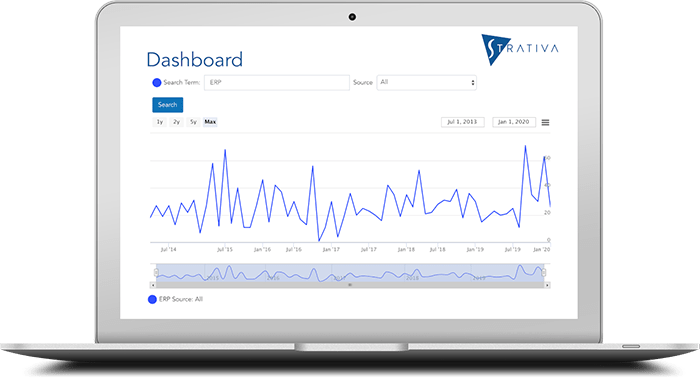When it comes to ERP, most business leaders realize that it is critical to select the right system and implement it successfully. Likewise, when it comes to advice about ERP, most analysts and consultants focus their attention on best practices for ERP vendor selection and implementation.
But very few analysts pay attention to what happens after the implementation. An organization will spend many more months using an ERP system than it will selecting and implementing it. A company might take three to six months to select a new ERP system and another year or two to implement it: but it will be using that system to support its business operations for seven years, ten years, or hopefully even longer.
There are many opportunities for ERP systems to no longer fully serve the needs of the business–even ERP systems that have been correctly selected and implemented. Business requirements may change, due to organic growth, mergers and acquisitions, introduction of new products and services, changes in business models, new demands from customers, or any number of other factors. As a result, organizations frequently become dissatisfied with their ERP systems.
Business leaders, therefore, need to periodically optimize their ERP systems, both on the benefits side and the cost side. This ERP optimization effort encompasses four main tasks:
- Analyze Root Problems. Trace each ERP problem according to a four-way framework, that is, problems related to (1) the software itself, (2) how the software was installed, (3) the business not using the system, and (4) the business not using the system effectively.
- Identify Corrective Actions. By understanding the root causes, the corrective action often becomes clear, and it often does not mean an expensive and disruptive exercise in selecting and implementing a new system. Rather, the existing system can be optimized.
- Identify Potential Cost Savings. After three years, the majority of ERP total cost of ownership is not in the up-front implementation costs: it is in ongoing support. Therefore, it is essential to optimize the ongoing support costs for ERP, considering a number of practical recommendations.
- Execute the ERP Optimization Roadmap. Finally, the recommended actions need to be prioritized, planned, and carried out with just as much discipline as the original implementation demanded.
If done correctly, optimizing ERP can effectively extend the life of a current system to better serve the business for years to come.
This post is based on a keynote presentation give by Strativa President Frank Scavo. To view the complete video of the presentation and receive a full copy of the presentation slides, please contact us.

